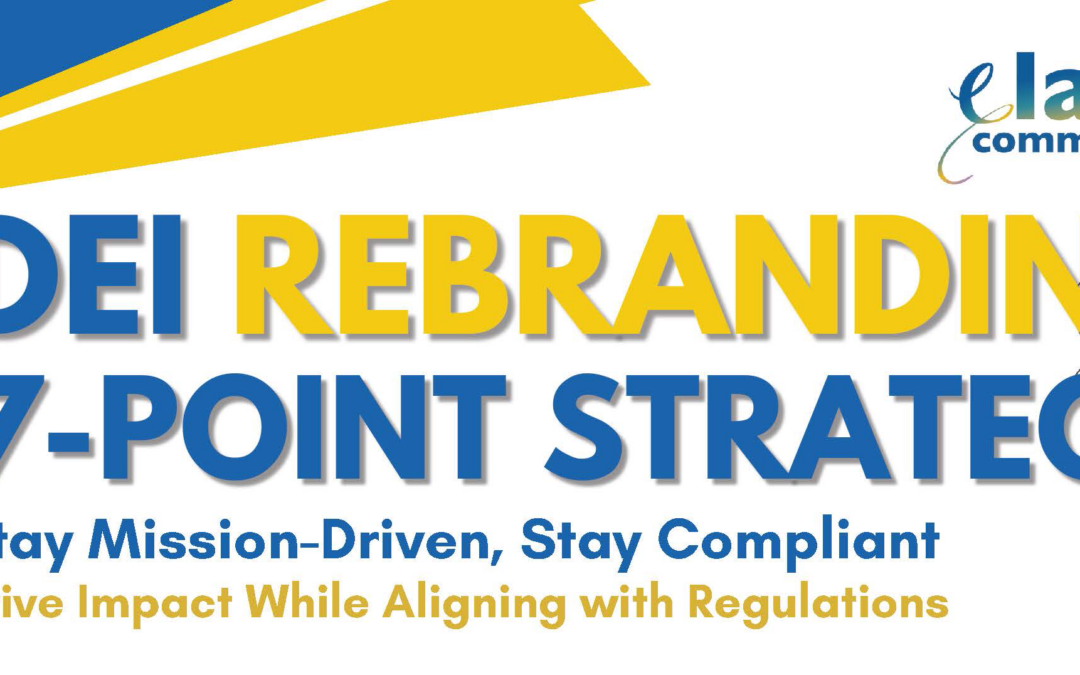In today’s fast-paced world, the art of truly listening has become increasingly rare. Yet mastering active listening can be a game changer in personal and professional relationships. Active listening goes beyond merely hearing words; it involves fully engaging with the speaker, understanding their message, and responding thoughtfully. It includes paying attention to verbal and nonverbal cues, such as tone of voice, body language, and facial expressions.
Active listening comprises key components such as giving your undivided attention to the speaker, comprehending the message without immediate judgment, and providing feedback that shows you understand and are engaged with the speaker’s message.
It’s important to note that active listening doesn’t mean agreeing with everything the speaker says. It’s about understanding their perspective, even if you disagree. Additionally, active listening is not a passive activity; it requires conscious effort and engagement.
Active listening helps to build trust and rapport, improve communication, enhance problem-solving, boost productivity, and develop empathy. When you actively listen, you show respect and value for the speaker’s thoughts and feelings. By fully understanding the speaker’s message, you can respond more effectively, reducing misunderstandings and conflicts. Active listening also helps identify potential issues early on, leading to more effective problem-solving and better outcomes. In a work environment, active listening can lead to increased motivation and productivity as team members feel heard and valued. By truly listening to others, you gain insight into their perspectives, fostering empathy and emotional intelligence.
Here are four proven ways to master active listening.
- Be present. Put away your phone, close your laptop, and maintain eye contact with the speaker. Show that you are fully present and engaged.
- Show empathy. Acknowledge the speaker’s emotions and validate their feelings. Nodding, maintaining eye contact, and leaning slightly forward show that you are engaged and interested.
- Provide feedback. Reflect on what you’ve heard to ensure understanding. If something isn’t clear, ask questions to gain a deeper understanding. Avoid interrupting, but seek clarification when the speaker has finished their point.
- Avoid judgment. Keep an open mind and avoid forming judgments while the speaker is talking. Focus on understanding their perspective rather than evaluating it.
The power of active listening lies in its ability to transform our interactions, relationships, and understanding of the world around us. In an age when genuine communication is often in short supply, mastering the art of active listening is a valuable and impactful way to foster empathy, trust, and collaboration. So the next time you engage in a conversation, listen actively and witness the positive changes it brings to your interactions.









